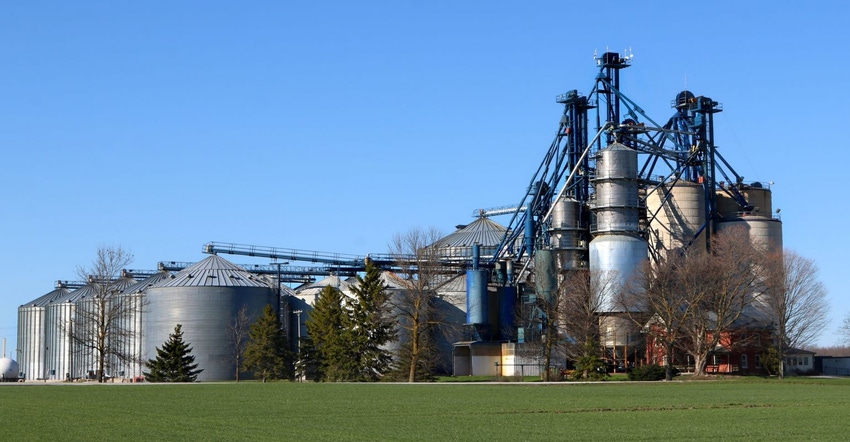
How do you feel about jumping in front of a train? Not a real train, but the same feeling of terror generated by a soybean futures market as it roars higher. Nov’22 soybean futures ended January and entered February on a tear – 10 consecutive days of higher closing prices and life-of-contract highs. My interest in new crop pricing was sharp when the Nov’22 contract closed above $13/bu. It ended this remarkable run above $14/bu.
When was the last time anyone had the chance to price new crop soybeans in February, at a futures price above $14/bu.? The last time – late February 2008 – was the only time that new crop soybeans topped $14 during the month of February. In that year, new crop soybean futures rallied above $16/bu. in early July. By October, the Nov’08 contract was trading under $10 (and, you know, past performance is no guarantee of future results).
Are you ready to jump in front of that train? Marketing starts with a plan, and my pre-harvest marketing plan for 2022 soybeans is shown here. This is not a plan to sell the highest price. Selling the high is not easy and not a realistic approach to marketing. In the mid-1980s, I once sold the highest price in the December spring wheat contract in the MGEX trading pit. I remember the number of contracts, the price, and the trader on the other side. I even remember where I was standing in the pit (I remember too much from my days in the pit). From that high price, the market fell more than 80 cents/bu. in the months following. Did I make a large profit? Hardly, as I was terrified at the time – market highs are tense and terrifying times. I was grateful to cover the short with a whopping profit of ½ cent per bushel.
This plan, like every plan I write, does not pretend to seek the highest price. My goal in grain marketing is… (drum roll please) a good average price. Does this strike you as not ambitious enough? “Strike” is an apt word here. Consider your favorite baseball player (now on strike) and how much larger his contract would be if he could just raise his batting average by 20 points. Baseball salaries and grain margins may be a poor analogy, but I think you see the point. There is a lot of power in a good average.
Now about the plan. I wrote it last fall, before the big rally. My price targets begin with a minimum price objective – $9.75 cash or $10.50 Nov’22 futures – figures consistent with an estimated break-even cost of production. On the high side, my price target reached $12.75 Nov’22 futures. When I wrote the plan, $12.75 looked ambitious, but now it looks cheap. Not to worry, as decision dates have a way making price targets less important.
Decision dates are dates when I price grain, regardless of whether I reach a price target, as long as the price is higher than my minimum. I cluster decision dates in April, May and June because spring is often a good time to price grain. In a strong market such as this one, I may choose to ignore a price objective in favor of the decision date. You could do the same – forego these early pricing opportunities but commit to getting soybeans priced in the April-June period.
Whatever it takes to get a good average price.
2022 Pre-Harvest Marketing Plan for Soybeans
Buy crop insurance to protect my production risk and price 75% of my anticipated soybean crop (per APH yield) by late June.
Price 5,000 bushels at $9.75 cash price ($10.50 Nov. futures) using forward contract/futures hedge/HTA contract
Price 2,500 bushels at $10.50c/11.25f, or April 14, pricing tool to-be-determined (tbd)
Price 5,000 bushels at $11.25c/12.00f, or by May 17, pricing tool tbd
Price 5,000 bushels at $12.00c/12.75f, or by June 14, pricing tool tbd
Plan starts on January 1, 2022. Earlier sales may be made at a 75-cent premium and limited to 30,000 bushels.
Source: Ed Usset which is solely responsible for the information provided and is wholly owned by the source. Informa Business Media and all its subsidiaries are not responsible for any of the content contained in this information asset.
Ignore decision dates and make no sale if prices are lower than $9.75 local cash price/$10.50 November futures.
Exit all options positions by mid-September 2022.
About the Author(s)
You May Also Like






